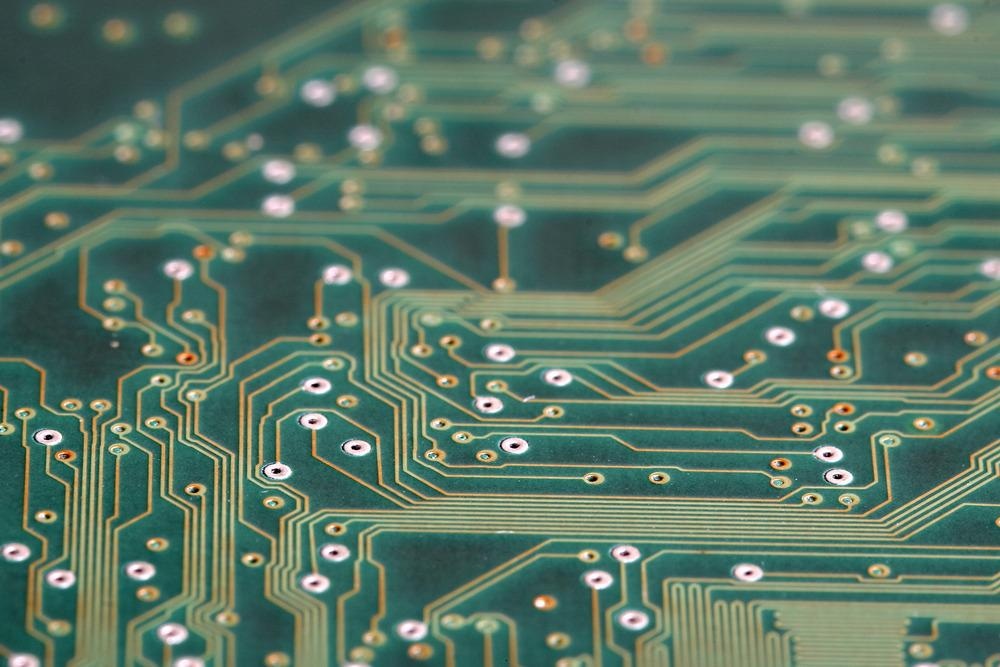Bioelectronic systems have recently attracted a lot of interest due to their enormous potential for developing fundamental electronic parts for biocomputing systems. A review paper published in the journal Biosensors and Bioelectronics examined outstanding nanomaterial-based bioelectronic systems such as bio-memory, biological logic gates, and biological systems-based-processors.

Study: Recent progress in nanomaterial-based bioelectronic devices for biocomputing system. Image Credit: polispoliviou/Shutterstock.com
The Era of Bioelectronics
Bioelectronics is gaining a lot of interest due to its benefits for showing electronic capabilities, like applying electronic functionalities by nanosized proteins.
Bioelectronic medicine is also increasing its application domains in the clinical and healthcare sectors since it is acknowledged as a potent method for neurological illnesses. However, owing to biomolecules' inherent constraints, such as their unstable properties and limits on the extension of electronic capabilities, bioelectronic systems based only on biomolecules are difficult to implement.
Overcoming Limitations of Bioelectronics through Integration with Nanomaterials
Bioelectronic systems are combined with nanomaterials to tackle these difficulties as a potential alternative strategy. The growth and extension of bioelectronic functionalities may be accomplished by merging biomolecules and new nanomaterials to display complicated electronic functionalities that are used to make a computer system, like memory, transistors, and logic gates.
These accomplishments can establish a way to get beyond the limits of traditional silicon-based electrical devices.
Latest Advancements in Bioelectronics
Recent research on nanomaterials-based bioelectronics, such as bio memory, biological gates, and bio processors, was emphasized in this review. Several bioelectronic systems have been produced to date, employing biomolecules and nanomaterials for applications related to biocomputing via augmentation or extension of functionality.
Polymer compounds have recently been used to create flexible and wearable bioelectronics by combining polymer compounds, functional nanoscale materials, and biological molecules to demonstrate electric functions on bendable electrodes or wearable devices.
Various bioelectronics, such as biological gates and transistors, have also been used to produce new biosensing devices. The DNA circuit-based NAND gate/catalytic hairpin assembly (CHA) amplifier, for example, was used to create biosensors, demonstrating the broad biomedical application of bioelectronics beyond the presentation of electric functionalities and introducing a new conceptual method for biosensor development.
Future Outlook and Challenges to Overcome
However, several obstacles must be overcome before these devices can be used in the creation of a practical biocomputing system, including sophisticated nanometer-scale bioelectronic device development, forming sophisticated interfaces between bioelectronic devices and neural networks, as well as demonstrating electronic functionalities at the brain cell level
In addition to the modulation of biomolecular states at the protein or nucleic acid levels, several studies attempted to develop neuron-based electric gates or circuits to realize the electronic functions of the chip. This was done in addition to regulating biomolecular states at these levels.
The DNA-based Ordered Memory and Iteration Network Operator (DOMINO) system, for example, was created to control the production of fluorescent proteins or antibiotic resistance genes in live cells using logic processes carried out in the cells through input DNAs.
Adding to the research that used solely cellular signals, another example used nanomaterials to manipulate the electric characteristics of the cells to apply electrical functionalities in live cells.
By localizing TMD nanoscale materials inside the cells and managing accumulated charges in the cells, the capacitance feature of TMD nanomaterials was employed to change the overall redox states of live cells. Authors exhibited bio memory activities utilizing live cells by leveraging the controlled redox states of living cells as two seemingly distinct states like active or inactive states.
Recent bioelectronic research focuses on demonstrating cell-based electronic functionalities by simulating the delicate activities that occur in genuine neuron networks in live organisms. This indicates an innovative direction for producing next-generation bioelectronics to make a biocomputing that can function as the brain.
From a practical application viewpoint, many challenges should be addressed, such as the scaled-up, less expensive fabrication and deployment of nanostructured materials and a facile approach for generating bioelectronic devices. Future bioelectronics will benefit a wide range of scientific sectors, from medicine to electronics, and are predicted to be used to construct biocomputing systems, thanks to current efforts and further studies.
Reference
Yoon, J., Lim, J., Shin, M., Lee, J.-Y., & Choi, J.-W. (2022). Recent progress in nanomaterial-based bioelectronic devices for biocomputing systems. Biosensors and Bioelectronics. Available at: https://www.sciencedirect.com/science/article/pii/S0956566322004675?via%3Dihub
Disclaimer: The views expressed here are those of the author expressed in their private capacity and do not necessarily represent the views of AZoM.com Limited T/A AZoNetwork the owner and operator of this website. This disclaimer forms part of the Terms and conditions of use of this website.